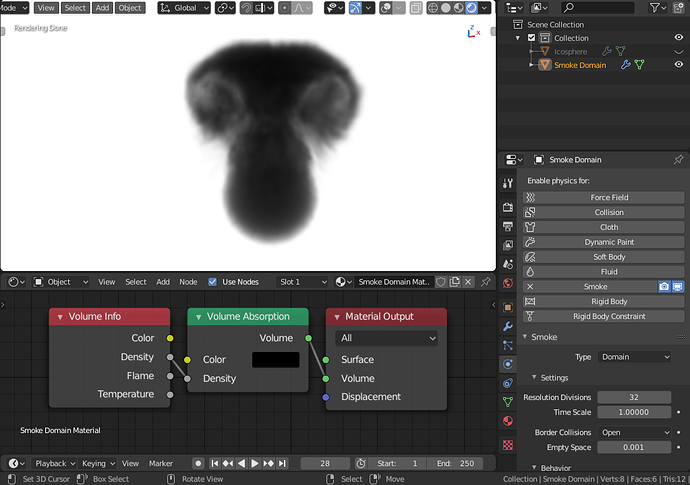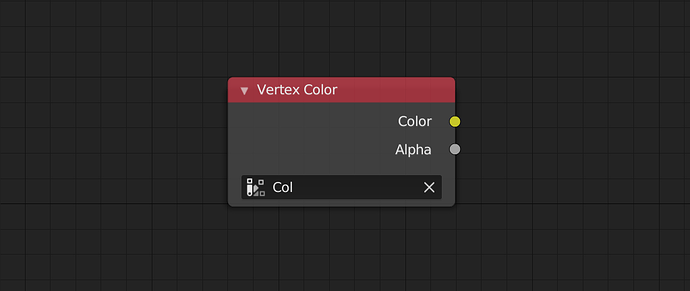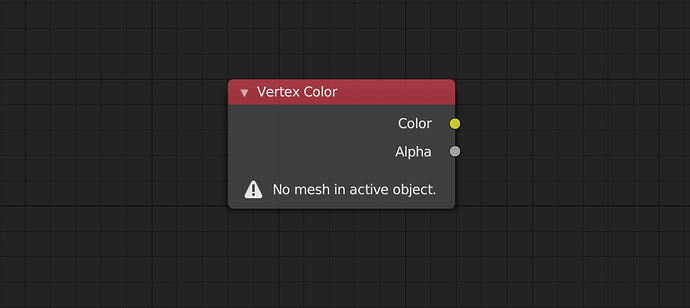Volume Info Node
A Volume Info node was added. The node provides the color, density, flame, and temperature of smoke domains:
Vertex Color Node
A Vertex Color node was added. The node provide a nice interface to select the target Vertex Color:
Vertex Color Alpha
The alpha value of the vertex colors is now exposed:

Object Color
The object color property is now exposed through the Object Info node. This is particularly useful when using a tool like Animation Nodes, where colors are computed in Animation Nodes and needs to be passed to the render target. For instance:

Notes
For the Vertex Color node, it should be noted that the vertex layers are queried from the mesh of the active object. So if the active object has no mesh, no layer can be selected:


